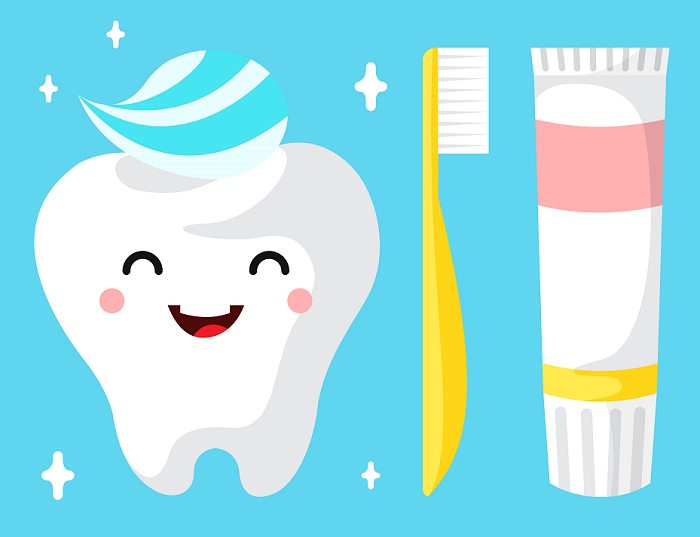To start with, the classification of teeth whitening treatment can be broadly done into two heads: at-home teeth whitening and professional teeth whitening that is done in a dental office. There are subtle differences between the two.
Differences between Professional & Home Teeth Whitening
- When you go for teeth whitening treatment all by yourself, you go for products available over-the-counter in local drugstores. The percentage of the bleaching agent (mostly hydrogen peroxide) is fixed in these cases. This might or might not be sufficient for your case. Professional treatments allow your dentist to determine the amount of bleaching agent to be applied, depending upon the extent of discoloration of the teeth.
- Dentist use trays that are custom-made ( according to the shape and structure of your teeth). this ensures even application of the bleach. At-home applications are done using ready-made trays which might not be that effective.
- Usually, at-home treatments are time-consuming as they need to be used for days and weeks together. Professional treatments yield the desired results on the same day or in just a few days from the treatment.
- Finally, professional whitening is obviously long-lasting and satisfyingly effective. The at-home applications even if make your teeth a few shades lighter will not give a very long-lasting solution ultimately.
The different types of whitening products mainly refer to the variants of the at-home whitening method. These are commonly available over-the-counter in your nearest drugstore and applied by the users themselves. The few alternatives are:
At Home Teeth Whitening Products
A Teeth Whitening Toothpaste
The very first thing that occurs to you is: How does this toothpaste work?
Whitening pastes are mildly abrasive in order to help remove stubborn stains from your teeth. Thus, most importantly, brushing should take place at least twice a day. Since these toothpaste are not actually changing the color of your teeth and are only suitable for removing surface stains, the effect takes several weeks to show up. Also, it should be coupled with your giving up on certain habits like smoking, coffee drinking, etc. Such a toothpaste should necessarily bear an ADA (American Dental Association) seal of approval on it.
Teeth Whitening Gels
A teeth whitening gel is applied at home, generally using a small brush. These products bear specific instructions concerning their use, depending on the strength of the peroxide used. These gels take a few days to be effective and roughly last for about four months.
Whitening Strips
The use of whitening strips is quite similar to that of the application of whitening gels. They are clear strips that are loaded with peroxide-based gel. The strips need to be attached to the teeth at least twice a day for a period of 30 minutes each time. This continues for about two weeks. The results, in quite a similar fashion to that of whitening pastes, appear after a few days and roughly last for four months.
Professional teeth bleaching, in comparison to all these products, contains almost a triple-fold amount of the bleaching agent. An over-the-counter bleaching agent may use carbamide peroxide whose amount lies between 10 to 22 percent. It should be noted that 10 to 22 percent of the bleaching agent is only 3 percent of hydrogen peroxide. On the other hand, teeth whitening dentists use bleaching materials that typically contain about 15 to 43 percent hydrogen peroxide. Dentists also use a buffer. It helps protect the tooth enamel from damage. Also, it is ensured that the rest of your mouth, like your gums and inner lips, are protected from the chemicals being used!
To cut a long story short, a teeth whitening procedure in a dental office is much more effective than the self-applied ones. The reasons to be enlisted in a brief are:
- More satisfying and longer-lasting results
- Results visible in the same day in most cases
- Better protection of other mouthparts while the treatment is going on.
- Customized levels of the bleaching agent are applied, depending on the level of tooth discoloration
- Even application of the bleaching agent with the use of customized whitening trays, etc.
Despite the above-mentioned facts, practical reasons that lead people to go for over-the-counter whitening methods are their low cost and at-home application. There are times when you cannot manage some amount of time for a dental visit. This mostly causes individuals to opt for helping their own selves with this cosmetic procedure.


